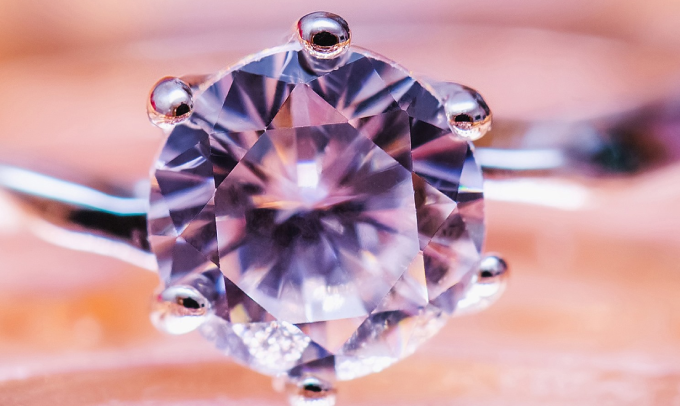
A key principle of the guidance is that to ensure confidence consumers must receive complete and unambiguous information about what they are buying, so that they can make consciously informed purchasing decisions. This requires clear and accurate information that the diamonds were created industrially, and not through geological processes, as is the case with natural diamonds.
The laboratory-grown diamond sector and natural diamond sector operate according to different business models, with the relationship between colour, clarity and weight, on the one side, and rarity on the other, which exists with natural diamonds, not relevant with laboratory-grown diamonds, where colour, clarity and weight are subject to the control of the laboratory-grown diamond manufacturer. Rarity is a critical factor in setting the price of a natural diamond, and in deciding its long-term value trajectory.
Divided into various sections, the guidance document outlines clear principles for describing laboratory-grown diamonds, and well as due diligence measures that should be followed by companies handling such merchandise and events at which they are displayed, like trade shows. It furthermore recommends the manner in which loose laboratory-grown diamonds or jewellery set with laboratory-grown diamonds should be disclosed on sales invoices and consignment documents. The document also addresses the subject of laboratory-grown diamond detection technology.
A key section of the document relates to the services provided by gem labs to the laboratory-grown diamond sector. It contends that the confidence of consumers will be served by their receiving an accurate and objective report of the characteristics of the laboratory-grown stone that they are buying, but, since these are unrelated to rarity, care should be taken that the report itself does not infer a similarity between a laboratory-grown diamond and a natural diamond. The report, therefore, is referred to a “Laboratory-Grown Diamond Product Specification,” and not a grading report.
Since a manufactured product is involved, the guidance document recommends that Laboratory-Grown Diamond Product Specification reports include other information that is not provided on standard natural diamond grading reports. This includes the name of the manufacturer, the production batch, the country of manufacture, the method of manufacture (HPHT or CVD), and information about treatments and processes to which the stone was subject after its original manufacture.
The guidance document recommends that, if the 4Cs are used by a laboratory to describe the physical characteristics of laboratory-grown diamonds, the letters “LG” should be placed as a prefix before the 2Cs of colour and clarity. Certain countries require that OIML/Legal Units of Measurement be used to describe the weight of laboratory-grown diamonds, and here the guidance document recommends that the report notes both the stone’s standard carat weight and its weight in grams.
Alex Shishlo for Rough&Polished
